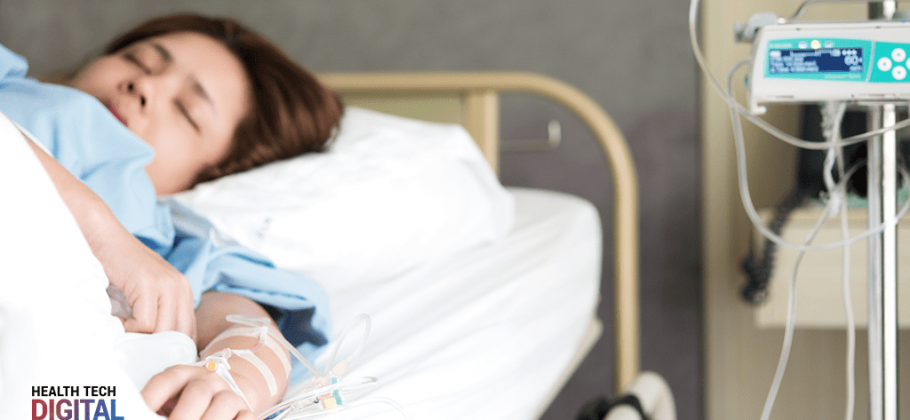Patients with Locked-In Syndrome can now benefit from an innovative communication device that uses artificial intelligence courtesy of the NHS Supply Chain. The artificial intelligence device is called EyeControl. EyeControl is an AI-powered wearable device that tracks eye movements. These eye movements can then enable meaningful conversations for Locked-In syndrome patients. The device can not only help with communication in the event of an emergency but also in social settings too.
What Is EyeControl?
The EyeControl device launched in the UK in August 2018 and has already had positive feedback. Now, the makers of EyeControl are working with the NHS to help patients, their loved ones and their carers communicate effectively. At the CEO of EyeControl, Or Retzkin, says it allows communication in a ‘simple, intuitive and innovative way’.
Astonishingly, patients can use the device in just twenty minutes of set up. The system comprises of an infrared camera, which tracks the eye movement and then translates the eye movement into an audio message. This communication is then shared through a speaker. The head-mounted device also includes an earpiece. This provides feedback to the user before the message is transmitted through the speaker.
The EyeControl is customisable. The user can choose to use predefined sentences. Alternatively, the wearer can teach the EyeControl their own personalised syntax. The device also has a range of output languages too. Furthermore, the device also uses Bluetooth technology and can operate without a screen for portability.
Speech therapists who are trialling the EyeControl device have praised it for being lightweight, portable and wearable. It allows the wearers to communicate in a more dynamic way, without the need for a big screen in front of them. Helen Paterson is a speech therapist at The Royal Hospital of Neuro-disability and explains the benefits of not having a screen; “This means they don’t have to rely on having their device in front of them all the time, which obviously makes communication much easier for locked-in patients.”
Article source: Med-Tech News












